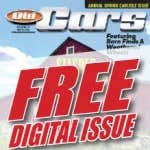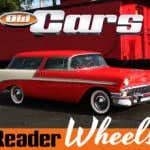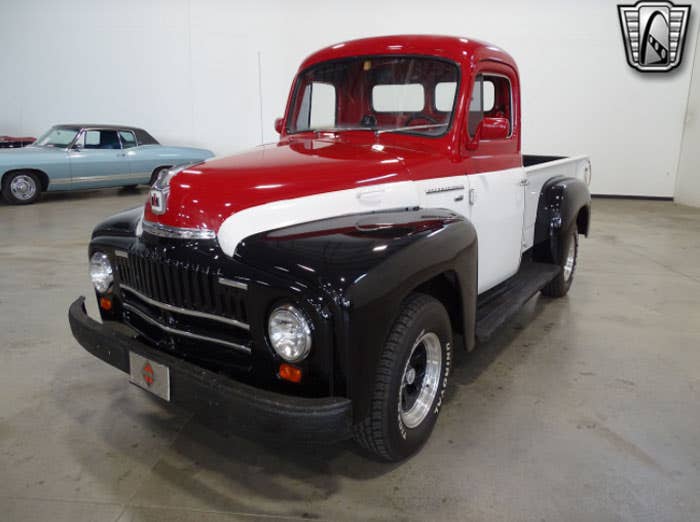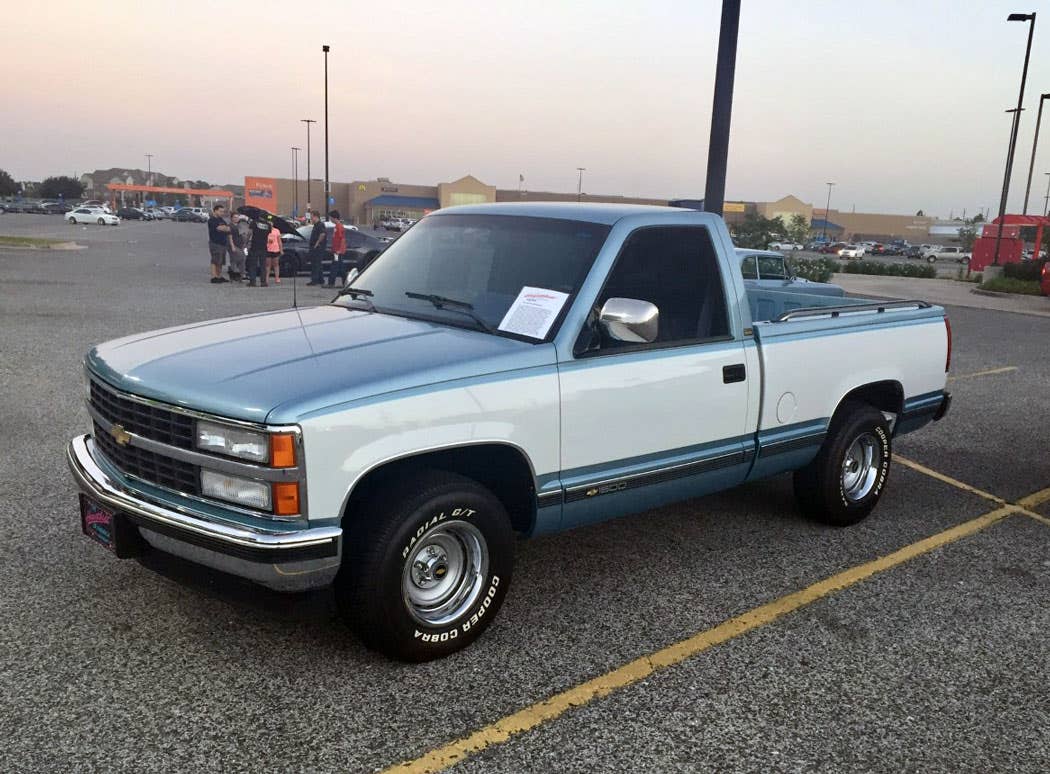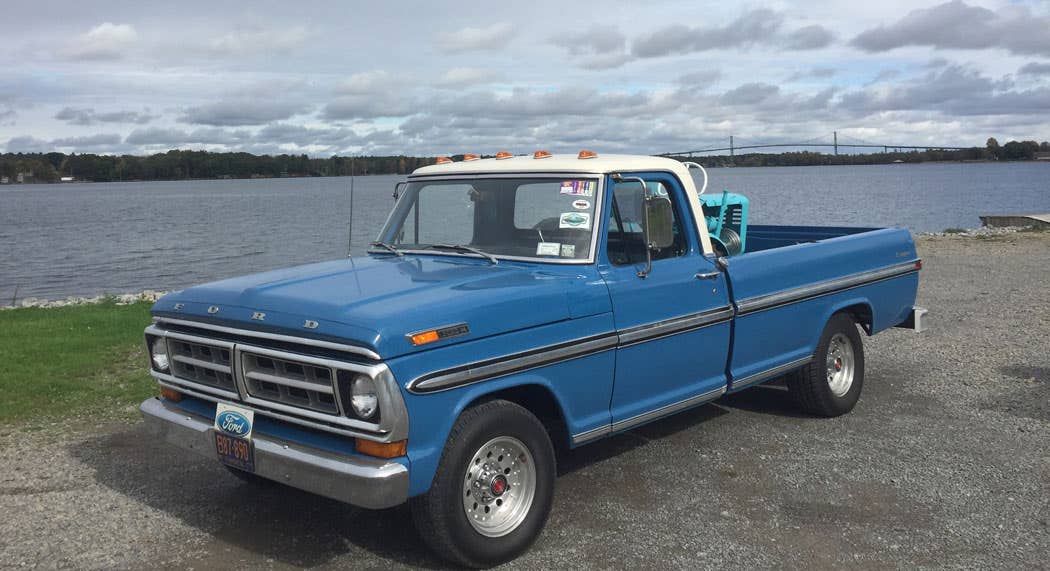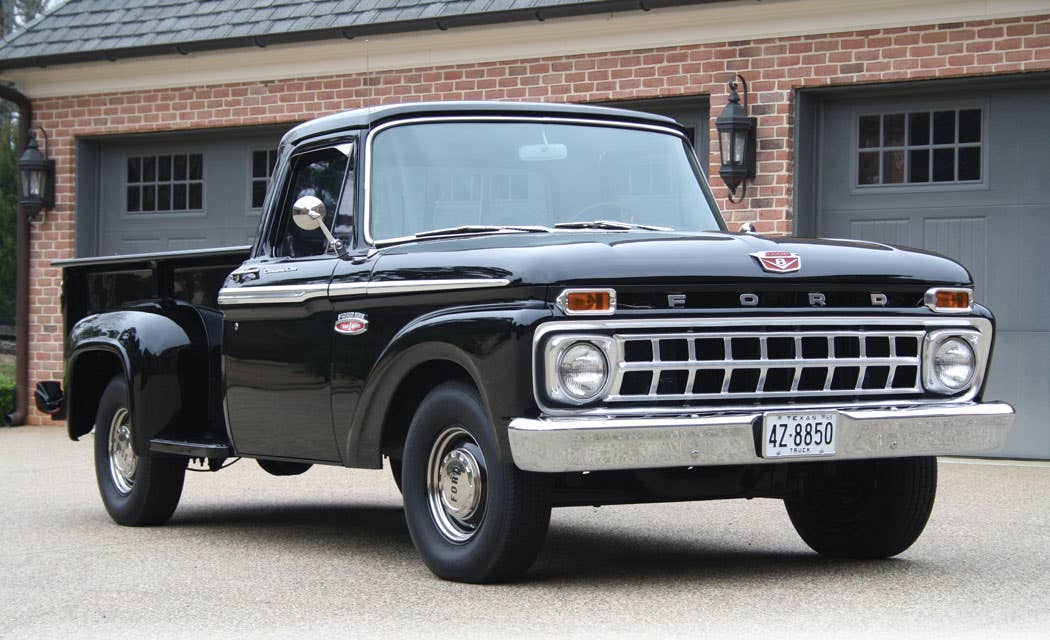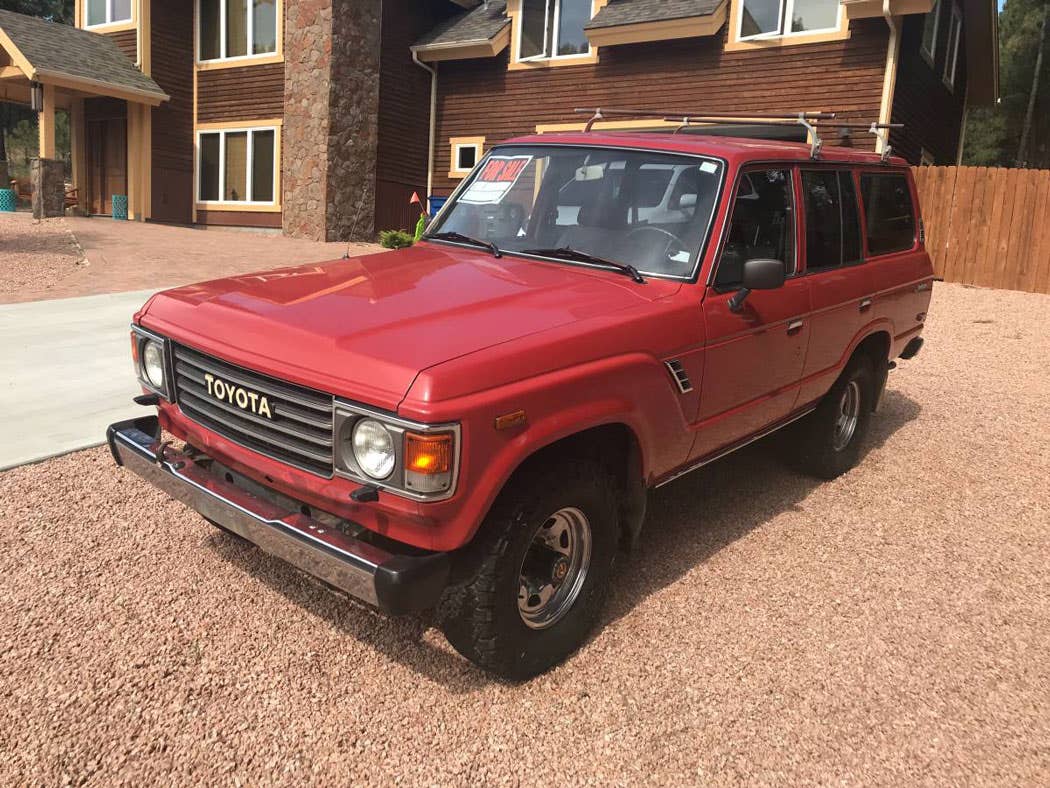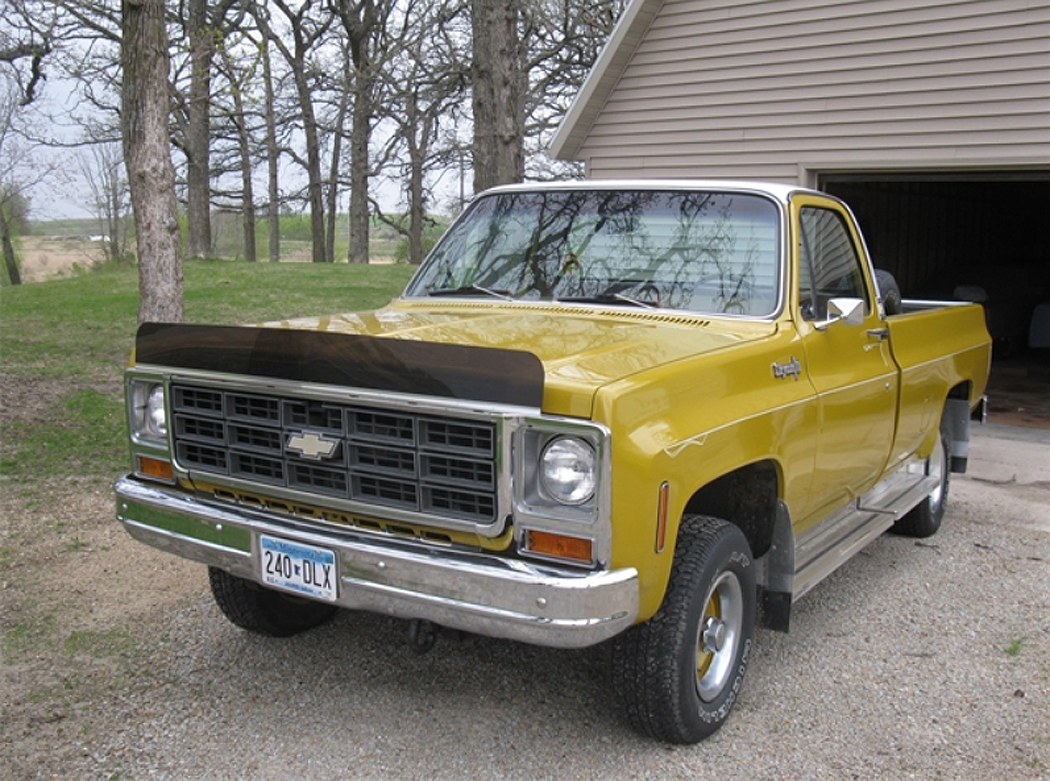The rarely seen factory 1948 Nash pickup
Jim Dworschack owns a piece of history in his 1948 Nash pickup. His prized piece of memorabilia is so uncommon, it was rarely seen — even when new.
Jim Dworschack owns a piece of history in his 1948 Nash pickup. His prized piece of memorabilia is so uncommon, it was rarely seen — even when new.
“The Nash pickup I have I first saw in the early ’70s, when I made a trip to the Nash Club member’s house... in Oswego, Illinois,” said Jim, a resident of Soldiers Grove, Wis. “I had never seen a Nash pickup before, hence the journey to see it.”
Actually, what Jim saw was parts of the pickup, because owner Bob Moser had taken it apart to restore it. Although Jim only saw pieces, he said, “It turns out to be the only one I have seen other than the prototype truck.”
The prototype Nash pickup he’s referring to had a 1942 Nash 600 front clip and cabin up to the B pillar. A panel was welded to the car body, behind the B pillar, to form the pickup cab. The fabrication was placed on a 1936 Nash frame. Perfect Steel Body Co. provided a pickup box, and the rear fenders came from a 1941 Ambassador.
The prototype pickup was used by the Nash plant until it was gifted to a retiring engineer in the late 1950s. This engineer traded it in at Walter Rambler, of Madison, Wis. The dealership then used it as a shop truck. Later, one of the dealership’s mechanics bought it for use on his farm. This technician’s son disassembled it, like Jim’s truck, for a long period of time. In 1980, Nash Club member Don Lope bought and reassembled it.
Before buying Bob’s truck, Jim was going to build his own Nash pickup.
“I am aware of two pickups that were made by people using big Nash truck cabs on sedan chassis coupled with a vintage pickup bed from another make, and two just cut-down donor sedans, home jobs.”
Bringing the Nash pickup back to life had become a stalled project for Bob, although Jim didn’t know it at the time he first saw it.
“After not seeing Bob Moser for perhaps 10 years, I bumped into him at the ’86 Nash meet,” Jim said. “I told him about my idea of how to make a Nash pickup. When I got done telling him the details, he just looked at me and said, ‘Why don’t you buy mine?’ So, I did.”
Jim restored the Nash back to its original configuration.
“Upon going to get the pickup, I found it all just as I remembered seeing it about 14 years previously,” Jim said. “The cab had been restored and the chassis painted. Essentially, I bought a pile of pieces, and within a year, had it restored and on the road in 1987.” The result was a mechanically sound, cosmetically appealing and road worthy truck.
The cab and front clip of Jim’s 1948 Nash pickup is based on the Ambassador model of that year, so it looks similar to the prototype Nash pickup, which had a 1942 Nash 600 front clip. (Like other manufacturers, Nash carried over its 1942 bodies for several years after World War II ended.) Since Nash didn’t go to unibody construction until 1949, Jim’s Nash uses the 1948 Ambassador’s separate frame-and-body construction.
“These pickups were built on the ’48 convertible chassis, which had some extra reinforcing on the standard ’48 frame,” Jim said. “The entire driveline was the normal Nash Ambassador Six, overdrive transmission, with the sedan’s normal 4.4:1 rear-axle ratio. The sheet metal is the basic Ambassador four-door sedan. The roof was modified, of course, with the creation of sheet metal behind the driver’s seat. With the headliner removed, one can see the welded seam across the roof where the cab rear section stamping was welded to the standard four-door sedan roof. The backlight consists of three windows similar to the Advance-Design Chevrolet.
“The cab and all stampings had to be made at the Seaman body plant in Milwaukee, as there were no sheet metal stamping facilities at the Kenosha facility at the time,” Jim explained.
Additional parts on the pickup not found on a ’48 Ambassador sedan are heavy-duty springs and shocks, as well as pickup-sized rear leaf springs.
“The bed, I think, was made by Heil for Nash,” Jim said. “Spacers were made in order to be able to use the standard rear fenders.” Since Heil was in Milwaukee, Jim’s theory is logical.
As on earlier versions of pickups built by the Independents, Jim’s 1948 Nash pickup benefitted from passenger car styling cues and comforts.
“All appointments inside are the same as the Ambassador, including the famous Weather Eye heating system, sedan seat, etc. The door panels and below-the-dash kick panels are Masonite with a leatherette-type grain stamped on them. The headliner cardboard also has leatherette-type grain finish. The floor is covered with the standard passenger car rubber floor mat. Even the wood-grained dash and window surrounds are what the autos would have.”
Jim’s pickup was originally a company truck for Nash’s Milwaukee body plant. According to Nash Club member Bernie Turco, by 1954 this pickup was being used by Jensen Crankshaft of Kenosha. Bob Moser bought it from Jensen in the late ’60s.
It has been said that the Nash pickup would have had a hefty price tag, which is probably why it didn’t catch on with the public.
“I talked with a Nash member who worked at a Nash dealership in ’48, when the dealer received promotional information from the company. He remembers the pickup costing about twice as much as a basic Ambassador. I have never seen production figures for the pickup, but like the big (Nash) trucks, they are thought to have far more sales oversees than domestically, and likely for the same reason — cost.
“Bernie recollected that the 1-1/2-ton Nash trucks were assembled in shops on 30th Avenue at the Kenosha plant (not on an assembly line). We speculated that it was likely the pickups were likewise assembled in these shops. The pickups, while being on the convertible chassis, were different enough that they wouldn’t likely mesh with the standard production line.”
The original exterior color of Jim’s truck was red, which is how he painted it in 1987.
“All trim was chrome plated, as on the car, except the rear bumper was specific to the pickup and painted,” Jim said. “Over the years, I lettered the doors with the original Nash lettering, as shown in the factory photo.”
As can be surmised from being based on a convertible chassis, the pickup has 1940s sedan road manners, but with the added benefit of a pickup truck’s carrying capabilities.
“The truck drives and steers easily, just like a car, because it essentially is a car!” Jim says. “Being a car chassis, it has a long, low look to it, very un-pickup like for the era.”
Despite being restored, Jim’s pickup continues to occasionally work. In addition to giving Sunday rides, the Nash does double-duty hauling wood, furniture and Nash parts. After all, it is a pickup!
If you like stories like these and other classic car features, check out Old Cars magazine. CLICK HERE to subscribe.
Want a taste of Old Cars magazine first? Sign up for our weekly e-newsletter and get a FREE complimentary digital issue download of our print magazine.
